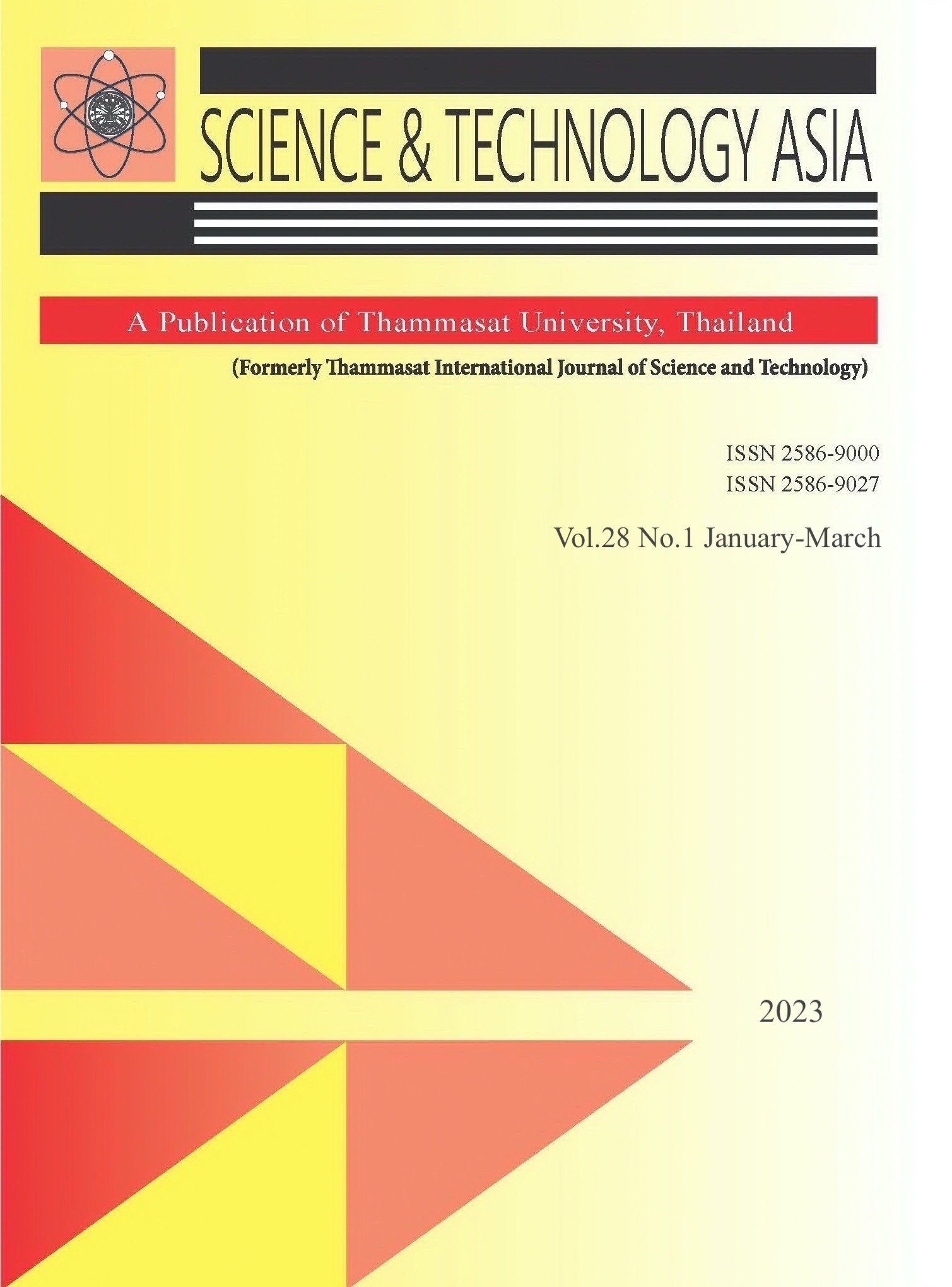FEA-Based Simulation of a Small Water Turbine for Waterfall
Main Article Content
Abstract
The purposes of this study were to analyze and compare the results of structural strength for small water turbines, which were designed to address problems in the production of electricity for communities and small villages in the mountains, and fix the problem of water turbine structure damage due to water force on the principle of engineering. The small water turbines for the waterfall system were designed and simulated in the laboratory of the Rajamangala University of Technology Lanna. The goal of this work was to introduce a new vertical water turbine structure that can support the force acting on water speed, as well as to develop an optimal design for both types of water turbines for the waterfall. The main structure of the horizontal axis small water turbine is 560 mm long, 540 mm wide, and 270 mm high, and the main structure of the vertical axis small water turbine is 560 mm long, 540 mm wide, and 370 mm high. Stress analysis for the main structure was carried out using the Autodesk Inventor Professional 2014 software. The maximum net force of water velocities was 1,087 N. The maximum von Mises stress observed in the horizontal axis small water turbine was 15.74 MPa, while a maximum von Mises stress of 23.30 MPa was observed in the vertical axis small water turbine. The result of FEA prediction led to the creation of an optimum small prototype and the results may be compared to actual testing of both the water turbines for installation on waterfalls in the future.
Article Details

This work is licensed under a Creative Commons Attribution-NonCommercial-NoDerivatives 4.0 International License.


